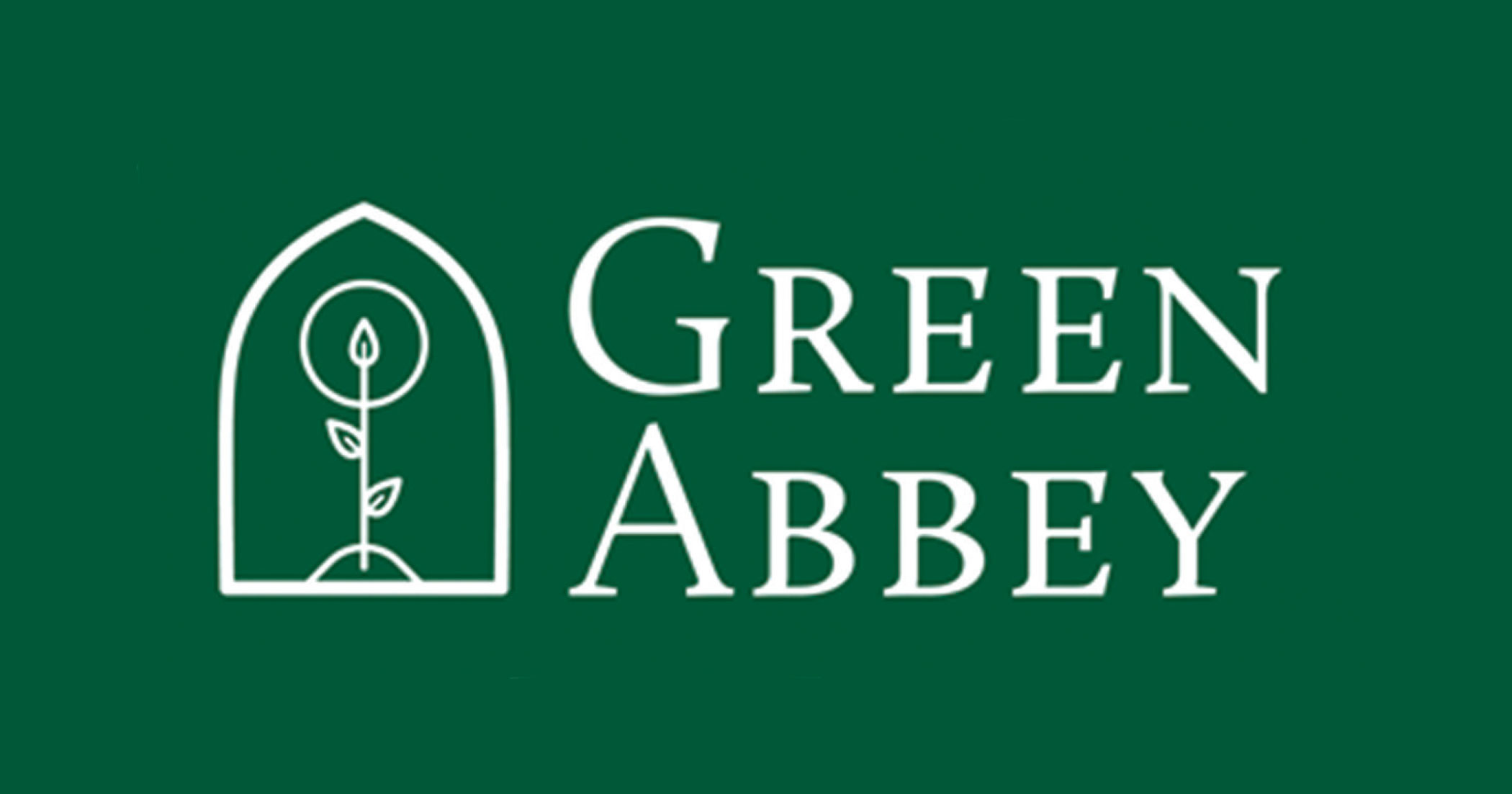I grew up the dirt under my fingernails. My maternal grandfather Burkett was the head gardener for Lady Dobie before he met my North-Eastern Grandma in a military hospital during the Second World War. My dad had a double allotment for growing vegetables which lay about a mile away from the street where the fictional Billy Elliot learned to dance ballet. Weekends were spent harvesting potatoes and planting beans with the smell of wood smoke and manure drifting across the carefully cultivated vegetable beds, with their old strips of carpet rotting away on the ‘poor man’s paths’. This was a place of community and peace. It was here that I learnt the old ways of working men.
One time my dad gave Old Ralfie James a machete for trimming cabbages. Although it was a gift, he made sure to push a 50p piece into my hand, because- it was believed- if silver wasn’t given then you were more likely to cut yourself with the blade. These were mostly Christian men who worked the coal mines, but the old ways always became known in the routine of daily life.
The years passed by and weekends became about homework, serving the BCP 8am Holy Communion and a game of rugby. Yet, my fingernails still longed for the dirt. Wherever I lived there was the need to cultivate the earth. There are old Rectory lawns in Manchester, Darlington and Hartlepool with hastily double-dug vegetable beds and crazy-paving paths. There is also a former bowling green at The Queen’s College, Birmingham which somehow became a system of raised beds and rabbit runs. We really should have asked for permission first with that one. As it turned out the trustees thought it was a wonderful idea and congratulated the college principal on this ‘new initiative’. Apparently his face barely moved a muscle as he was told the surprising news. Find a patch of earth and grow in it! That is the guerilla gardener’s way.
Whilst serving my title in Darlington, my training incumbent sent me to the most remote parish in Northern England (North of the Wall) on a placement. It was hardly remote by Canadian standards but my ‘Grandad’ Bell had been a shepherd in those lands before poverty drove him into the Steelworks. It was there that I discovered the vision of Christian permaculture, which is essentially the idea that it is impossible to read the Gospels and not wish to work the land in a sustainable and creation-inspired way. Permaculture looks at the natural rules of growth and applies them to food production. Apple trees as a top canopy with fruit bushes below them and strawberries for ground cover mimic the natural symbiosis found in ancient woodland.
Despite the great magnetic pull towards a rural ministry, God (and the Bishop) called me to continue serving in urban parishes where a sacramental and social ministry could best be realised.
Life was not always about green things. I felt drawn to the religious life at about the age of 16. I discovered a book by Br Ramon, the famous Anglican Franciscan hermit, and up to this point had no idea that there were Anglicans who were in religious orders. There followed a great dilemma; I had all the urges of other teenagers, and deeply longed for a wife and family, but also felt a strong pull towards a monastic life of prayer and work. I even spent time as a permanent at the Taize Community to discern the call. Ironically, or perhaps through divine intervention, that is where I met my wife!
It has been a strange journey over the years, trying to make sense of these different feelings. Along the road, I met various like-minded people who too felt drawn to a prayerful community which honoured God’s creation both out of respect for the land but also from a great desire to serve others. After a period of great political upheaval in my home country and following the suggestion of a dear relative (of blessed memory) our family found ourselves serving in the Kootenays. It was hear that I was to meet The Rev’d Austin Spry (and several others) whose journey had been so very similar to my own. At a time when church numbers are declining and the parish systems of old are becoming less sustainable perhaps a different way of doing church might see some growth?
After several blessed conversations with Bishop Lynne and the generous support of our Diocesan Council and Archdeacon Trevor Freeman, Austin and I have begun the journey of developing a case study of what we are calling the Green Abbey.
By now, you might have heard the name ‘Green Abbey’ but do not know too much of what it means. Perhaps you have attended the recent Lenten course led by Austin? There is much work to be done and much more will be shared at our Synod but for now, let me say that the Green Abbey is the vision of a Mother House where a community can live under the principles described above. This would be a place where we encounter God both in the stranger and in the dirt which gathers beneath our fingertips, a place of education, prayer and of mission, a Community to support our congregations and create a deep well of faith for all to drink from. Forming the foundation of the Mother House would be a religious community which has no geographical limitations and is made real by those who are called to enter into that life of prayer, service and care for Creation. As such, this community will exist to bring the Gospel of the Risen Christ, the man from Galilee, into an ever changing and ever needful world.
Do not fear.




